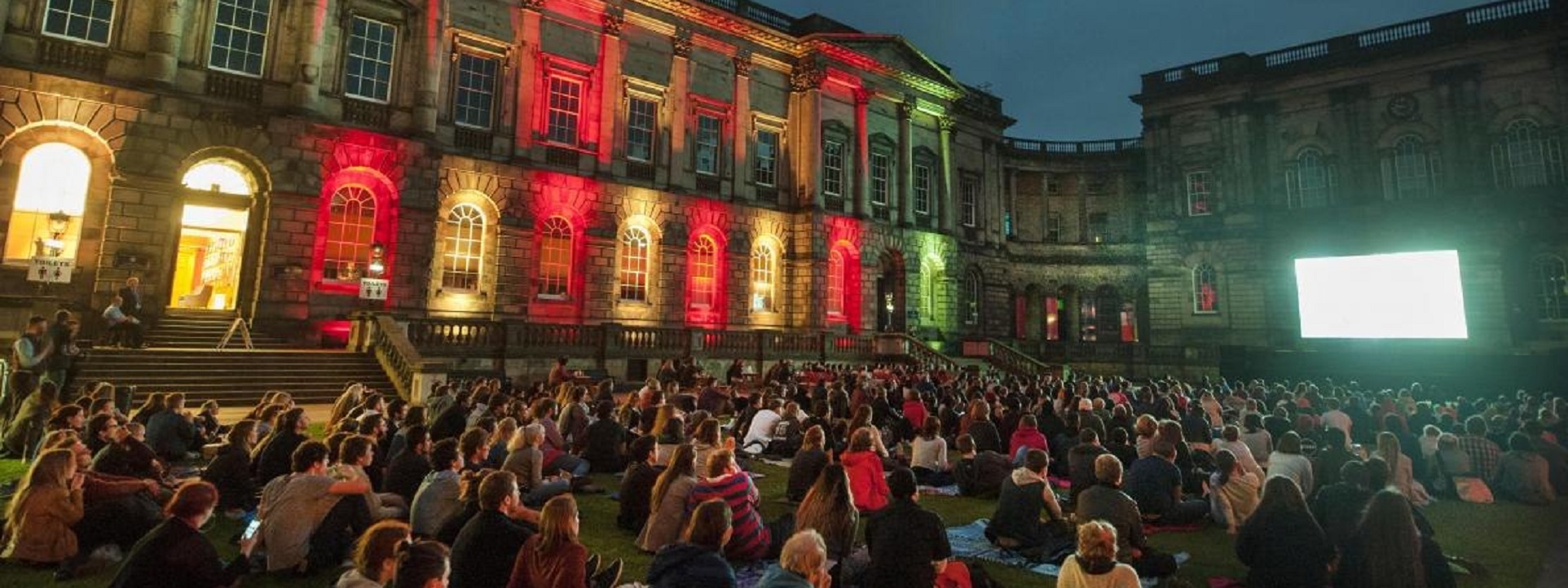Series 2025A and taxable Series 2025B
- Home Page 24

Saxbys Peppermint Coffee
This content is accessible to paid subscribers. To view it please enter your password below or send mike@standardsmichigan.com a request for subscription details.
Dia de los Muertos 2025
Los Angeles Unified School District
We honor Día de los Muertos, a cherished tradition that celebrates the lives of those who have passed. 💐
Through colorful altars, marigolds, and memories, families come together to remember loved ones and teach new generations about love, legacy, and culture — honoring… pic.twitter.com/SVER8G2t3X
— Los Angeles Unified (@LASchools) October 31, 2025
The Halloween Problem
A well-intentioned query and the Halloween Problem
Abstract: The author’s description of the Halloween Problem demonstrates the role of cautionary tales in the history of computing. The Halloween Problem emerged in the context of structured query language optimization in relational database research. Normally, a query optimizer works by measuring system calls and paging requests and applying heuristics to the entire access path tree. Query optimization was one of the most challenging tasks facing System R researchers at IBM. These experiments with query optimization form the milieu in which the Halloween Problem emerged.
Michigan Monroe County
Mike Anthony family home.
General George Custer birthplace
We hosted a meet & greet for our newly hired teachers and their mentors at DES this morning. We are excited for these new Vikings to join our team! 💙🤍 pic.twitter.com/nWX0CF70iq
— Dundee Schools (@DundeeViking) June 9, 2025
Evensong “Lullaby”
This content is accessible to paid subscribers. To view it please enter your password below or send mike@standardsmichigan.com a request for subscription details.
Dutch Pea Soup (Erwtensoep)
This content is accessible to paid subscribers. To view it please enter your password below or send mike@standardsmichigan.com a request for subscription details.
Charcuterie
Charcuterie refers to a variety of cured meats, often accompanied by an assortment of cheeses, fruits, nuts, bread, and spreads. Originating from France, charcuterie was initially focused solely on prepared meat products, such as sausages, pâtés, and confits. Today, a charcuterie board is a popular way to serve an array of meats and complementary foods in a visually appealing and flavorful arrangement as demonstrated here for the Office of Alumni and Family Engagement by Alaura Westrol, Class of 2011.
Thank you to the Blue Devil Chefs for putting together charcuterie boards for the staff today! 👩🏻🍳👏🏻💙 #sayyestofcs #culinaryarts #bluedevils pic.twitter.com/GqCWrktgFQ
— Mrs. Hall (@CHFCS14) November 23, 2024
Scotch Pie
Callum Maclean Project | Scotland’s Enchanting Kingdom
ISO/TC 267 Facility Management Standard *
Two pies and two pints, Lochinver style.#Scotland pic.twitter.com/qfnHtfCD4l
— Stuart Klinke (@StuartKlinke) March 20, 2025
University of Edinburgh, Scotland 🏴 pic.twitter.com/5FLMxmzora
— WanderLens (@naturebeauty760) November 23, 2025
* The University of Michigan was a member of the project launch in 2008 when it was led by Stan Mitchell of Key Management International.
Wood-Fired Pizza
Dickinson College Financial Statement 2022: $873.4M
“Every week, patrons of Farmers on the Square can count on locating the Dickinson College Farm’s wood-fired pizza oven right at the heart of the square. Our handmade and fresh-baked pizzas reflect the seasonal fluctuations on our farm in addition to quality ingredients grown within the Cumberland Valley. In addition to wood-fired pizzas, our stand features seasonal organic vegetables, fresh salad dressings, refreshing popsicles and “our farm in a jar” through canned soups, pickled favorites, salsa, hot sauce and more!”
Craving the College Farm’s wood-fired pizza and made-from-scratch soup? So are we! Now you can indulge in these mouthwatering treats without stepping foot off campus. https://t.co/7pxypmxb10 pic.twitter.com/UYgxpDnms6
— Dickinson College (@DickinsonCol) September 14, 2024
Craving the College Farm’s wood-fired pizza and made-from-scratch soup? So are we! Now you can indulge in these mouthwatering treats without stepping foot off campus. https://t.co/7pxypmxb10 pic.twitter.com/UYgxpDnms6
— Dickinson College (@DickinsonCol) September 14, 2024
New update alert! The 2022 update to the Trademark Assignment Dataset is now available online. Find 1.29 million trademark assignments, involving 2.28 million unique trademark properties issued by the USPTO between March 1952 and January 2023: https://t.co/njrDAbSpwB pic.twitter.com/GkAXrHoQ9T
— USPTO (@uspto) July 13, 2023
Standards Michigan Group, LLC
2723 South State Street | Suite 150
Ann Arbor, MI 48104 USA
888-746-3670


















